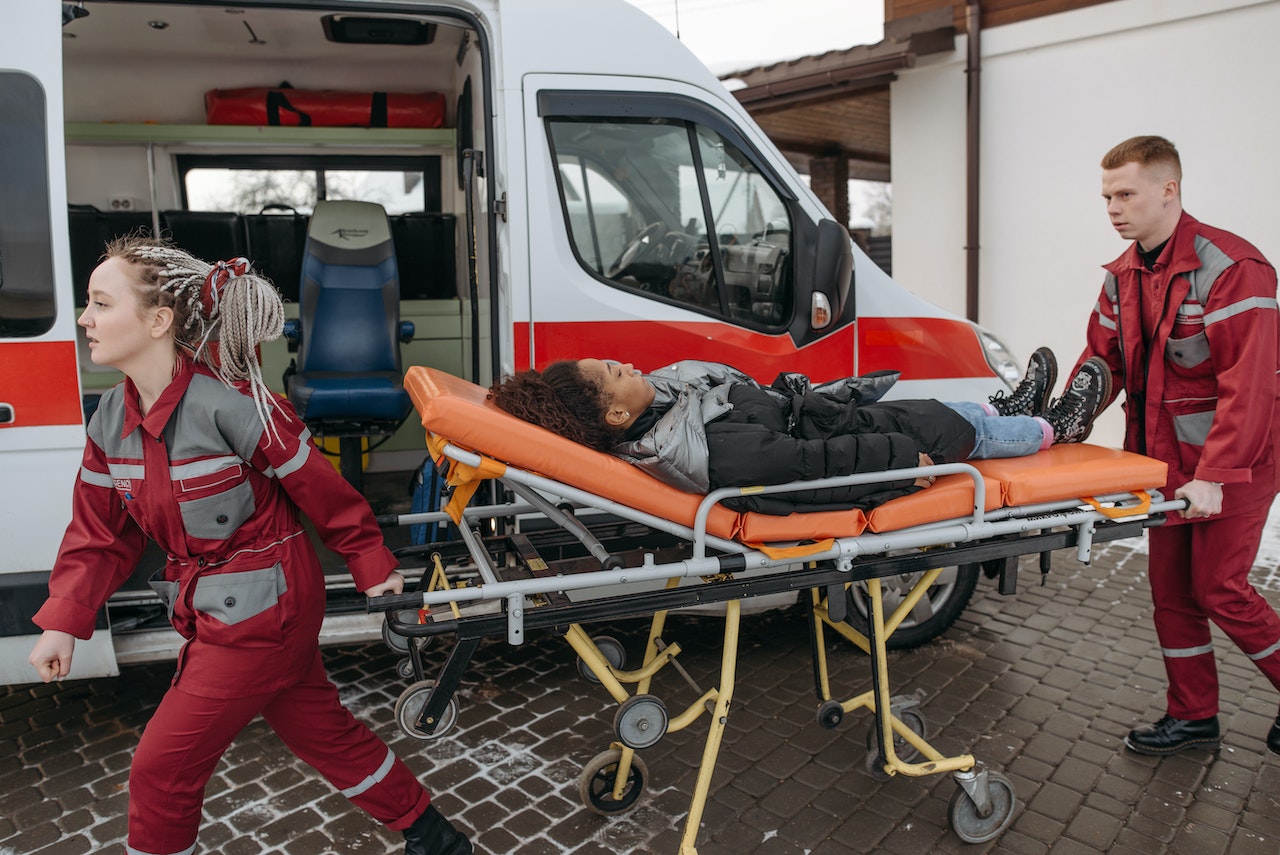Around 163 people died while performing their jobs in Australia last year, according to preliminary figures from Safe Work Australia. In addition, from 2019 to 2020, roughly 120,300 people filed a workers’ compensation claim for serious sickness or injury.
Protecting employees, their families, and businesses against illness and injury at work should be of first priority.
There should never be work that is risky or unsafe, but what do we do when a safety event happens?
Even if no one is harmed, certain processes must be followed following a large harmful incident.
The major priority both during and soon following an incident must be the health and safety of the staff, clients, guests, and contractors. Even while documenting and looking into an occurrence is crucial, the primary emergency action comes first.
In this post, we’re going to discuss the things you must do when accidents happen at work and how to properly report it.
IMMEDIATELY TAKE ACTION
The first thing to do if someone has been hurt is to make sure they are safe. If first aid is required, dial 999.
In relation to significant safety situations where no one is hurt, there are obligations as well. Such occurrences could be:
- floods,
- eruptions and
- building structure collapses
Whether an injury has occurred or not, your first priority must be to ensure employee safety.
REPORT
Details of the incident should be written down and reported to internal management. Some states have specific record-keeping obligations that may need to be followed.
Notifiable or reportable situations must be reported as soon as feasible.
This must, at a minimum, be accessible at all times, and each report must include the following details:
- name of the wounded employee(s)
- employment or position held by the injured worker at the time
- age of the injured worker at the moment
- date and time of the injury
- the nature of the sector where the injury occurred
- the worker’s precise position when injured
- a detailed account of how the injury was received (cause)
- if any medical care was given to the injured (what kind of care was it?)
- the type of harm and the body part or parts involved
- names of those who were there when the tragedy occurred
- date of the register’s entry
- name of the entry’s author
Anyone hurt while working, including direct employees, agency staff, contractors, customers, or visitors, must fill out an incident report or have their name entered on the injury register. Always store personal information securely in accordance with applicable privacy, health, and safety laws.
Review the situation to see if there are any steps you can do to prevent it from happening again. A more thorough health and safety investigation will be required in cases of significant injuries or risks to plants and equipment.
INVESTIGATE
If the occurrence requires external notification, a regulator inspector may visit the site to conduct an investigation. As soon as the inspector’s probe is over, an internal investigation should start.
To support an inquiry and corrective action, you might want to think about getting legal counsel and hiring outside help.
The following variables will be evaluated by the appropriate workplace health and safety authority once an incident report has been forwarded to them in order to decide whether or not to conduct an incident investigation:
- the incident’s seriousness or potential severity
- the number of participants in the incident
- amount of risk
- situation complexity and the number of factors at play
Unless you need to remove the wounded person or make the site safe, you must ensure that the incident site is not disturbed if it is sufficiently serious after you have notified the Workplace Health and Safety Authority.
This is due to the fact that the local supervisor or manager must conduct a formal incident investigation procedure in conjunction with an expert from the applicable work health and safety authority to:
- Identify any elements that contributed to the occurrence, including any hazards, accidents, or close calls.
- To support an insurance claim, a workers’ compensation claim, or a common law case, note any pertinent information regarding the incident.
- comply with the relevant statutory requirements
- Make modifications to eliminate or lower the likelihood that the same incident may occur again.
Once you’ve alerted the emergency services (if necessary), the workplace health and safety authority and the site has been secured, you should tell your workers compensation insurer or a Central Coast lawyer.
You must, at a minimum, obtain pertinent information about the occurrence from everyone who was involved in it during the investigation. While some of this information may be found in the incident report form, you will still need to conduct in-person interviews in order to piece together the series of events that led to the incident.
After gathering this data, you must determine the reason for the occurrence and formulate practical suggestions for dealing with its causes in order to prevent more harm or at least lessen the likelihood of it happening again. You must assist the injured worker in their recovery and return to work if they have submitted a workers’ compensation claim.
RECOGNIZING WORKPLACE RISKS
You must conduct a risk assessment at the incident site in order to determine the cause of the incident and to make the necessary changes to eliminate or decrease the likelihood that the same incident will occur again.
While workplace risks can take on different forms depending on where they occur, the following are the most typical kinds of workplace hazards:
- Physical risks. Include the potential for trips, falls, vibration, and noise.
- Ergonomic hazards. Movements of the body can injure the musculoskeletal system. Repetitive motion, physical labour, and bad posture may be examples of this.
- Biological risks. Contact with harmful and contagious organic substances, such as bacteria and viruses.
- Chemical risks: Contact with potentially harmful substances at work. Asthma triggers, immune system disruptors, neurotoxins, and carcinogens are examples of common harmful chemicals kinds.
You will be able to determine the hazards and evaluate the risks by examining the risk site and using the data you gathered from all parties involved. You can then put the appropriate control measures into place to reduce the risk of suffering a serious injury or illness.
I am a professional writer and blogger. I’m researching and writing about innovation, Entertainment, technology, business, and the latest digital marketing trends click here to go website. Follow my blog here & Visit my website here.



